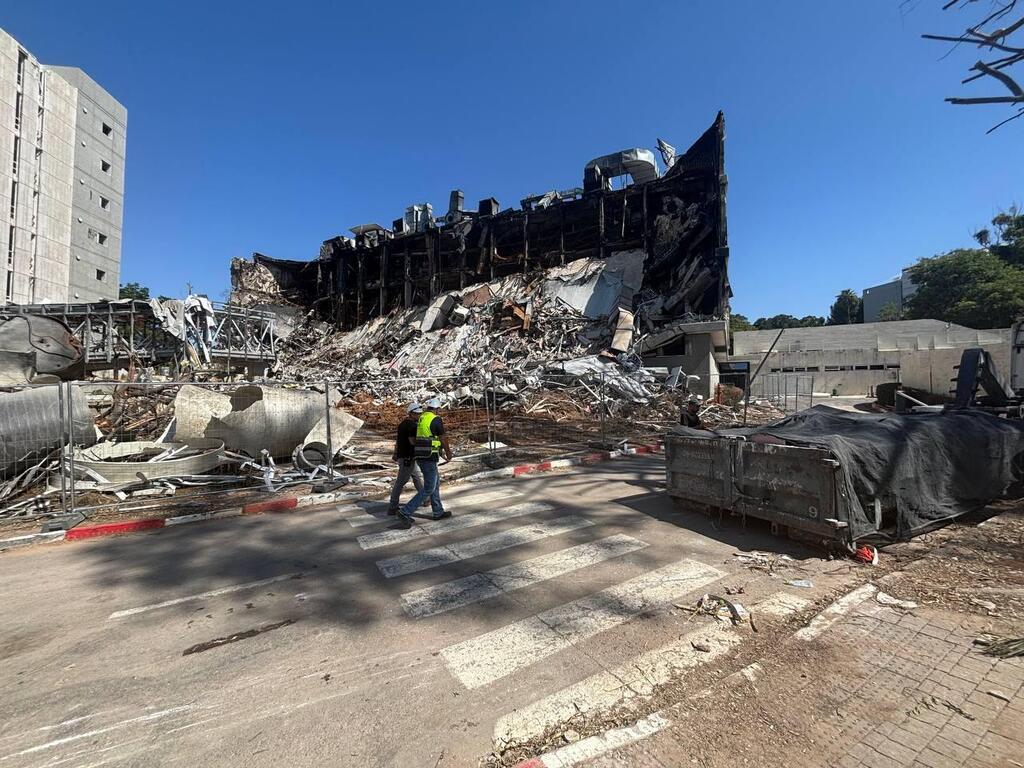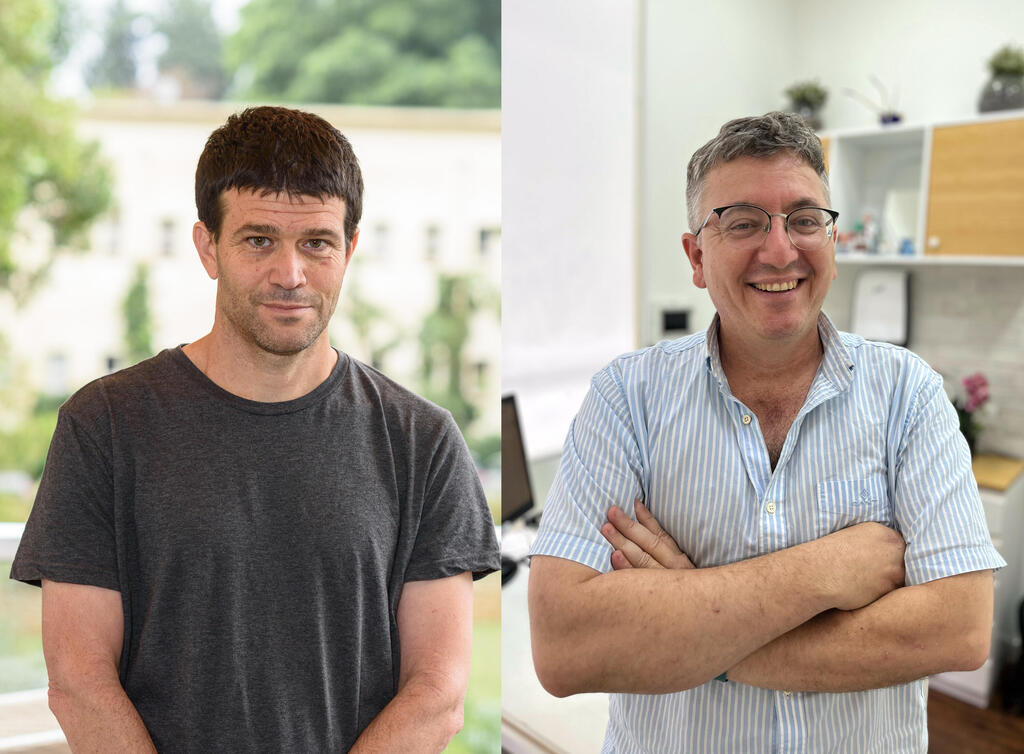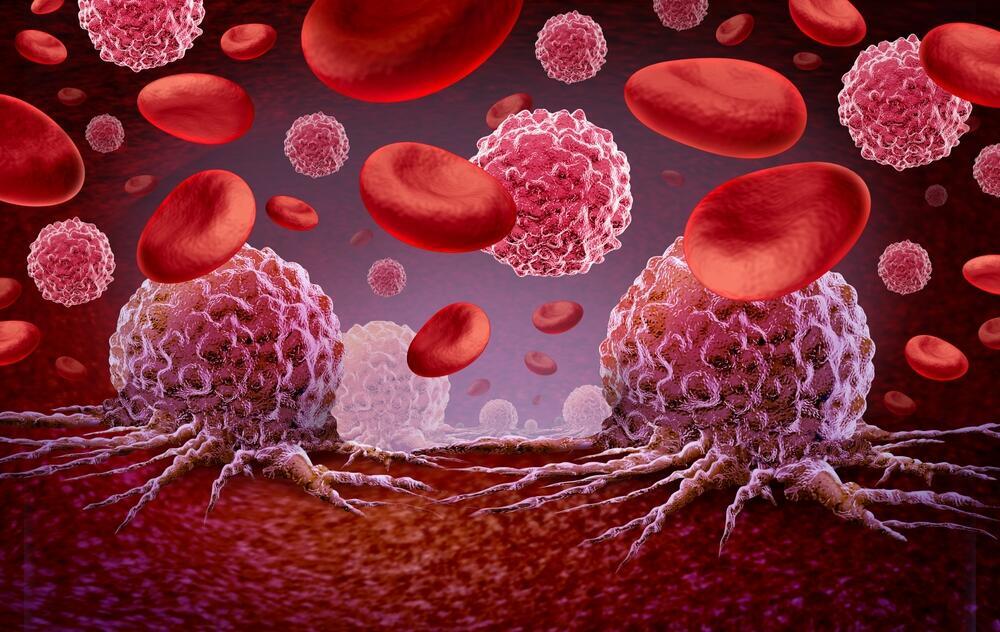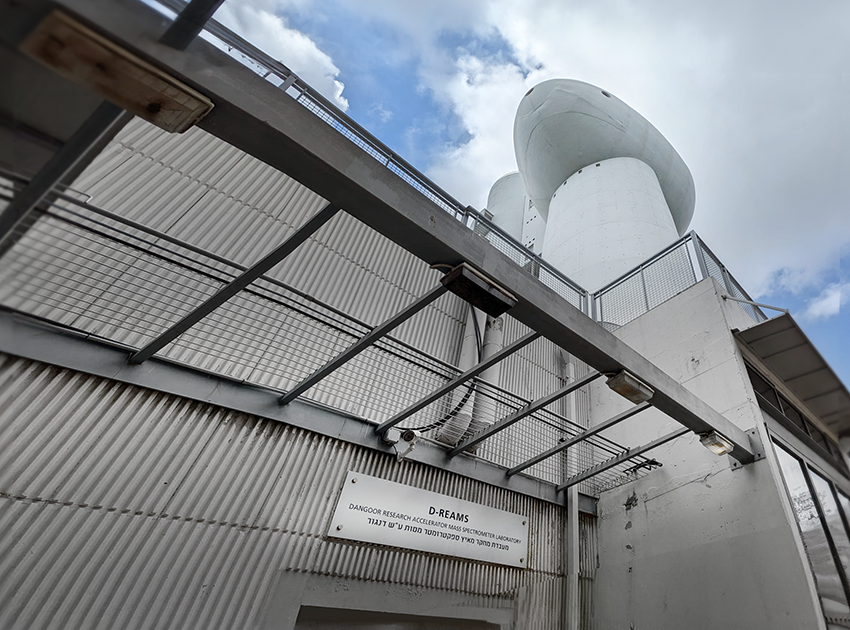Steven Spielberg couldn’t have directed a better script. In a scene that feels straight out of a high-stakes drama, two Israeli scientists found themselves caught in a life-or-death race—not only against disease but against destruction.
Professors Liran Shlush and Amos Tanay from the Weizmann Institute of Science had been laboring for years on a groundbreaking study, tracking subtle changes in human blood to detect early signs of leukemia. Their work was meticulous, their data hard-won. Then, just as they submitted their research for publication, an Iranian missile struck their building.
The direct hit threatened to obliterate everything: priceless samples, sensitive data, and the collective effort of countless sleepless nights. And yet—miraculously—their research survived.
Now, with their lab still dark and damaged, the two scientists are releasing a revolutionary discovery to the world. Published today in Nature Medicine, their study introduces a non-invasive blood test that can detect early processes of leukemia and, for the first time, predict how quickly a person’s blood system is aging—without the need for a painful bone marrow biopsy.
Their labs have spent recent years diving deep into the biology of blood to understand why some people become more vulnerable to disease with age. The answer, it turns out, lies in the DNA of our blood-producing stem cells.
“As part of the aging process, stem cells—the ones capable of generating all blood cells—undergo genetic changes and mutations,” explains Prof. Shlush. “With time, these cells accumulate mutations and begin to dominate the blood system. They stop differentiating properly, produce only themselves, and suppress the production of healthy cells. Eventually, this can lead to deadly diseases like blood cancers.”
The problem? These damaged cells are tucked away in the bone marrow and invisible to standard blood tests. Until now, the only way to detect them was through a bone marrow biopsy.
“It's a very painful test performed under sedation or local anesthesia, where a needle drills into the bone to extract a sample,” he says. “Beyond the discomfort, it's expensive, complicated, and requires high-level expertise—and sometimes it doesn't even produce a definitive result. In some cases, physicians can’t agree on whether a cell is healthy or not.”
So Shlush and Tanay set out to do the impossible: replace the biopsy with a simple blood test.
Their focus was on myelodysplastic syndrome (MDS), an age-related condition in which stem cells fail to mature into functional blood cells. Left unchecked, it can lead to severe anemia or transform into acute myeloid leukemia (AML), one of the most common and aggressive blood cancers in adults.
“In this particular paper, we focused on MDS, but the process we’re describing occurs in many diseases,” says Shlush. “The test we developed can diagnose a wide range of blood conditions, because they all begin with those same stem cells evolving into something harmful.”
To build the test, the researchers first needed to define what “normal” even looks like. “To develop a new blood test, a scientist first has to describe the variability in a healthy population,” Shlush says. “That had never been done for stem cells, which are the source of all these diseases. So we had to go to the periphery—to standard blood.”
They discovered that rare stem cells occasionally migrate from the bone marrow into the bloodstream. And in those cells lies the key.
“We had to capture very few rare cells—one in a million,” says Shlush. “In each milliliter of blood, only a handful exist. We had to isolate them, characterize them, and determine whether they were healthy or diseased using dozens of parameters and methods that can handle extremely small quantities of cells.”
To make sense of the enormous data generated, Shlush turned to Prof. Amos Tanay. “Each cell produces tens of thousands of data points, and we had data from millions of cells. Prof. Tanay is a world expert in analyzing such data. That was the essence of our collaboration: a doctor-scientist and a data-scientist working together.”
They brought in participants—scientists, students, young and old—drew their blood, and began profiling the rare cells. “Older people’s cells looked different than younger ones. Men’s cells looked different from women’s. And someone with high blood fat levels showed distinct patterns too. Then we brought in 80 patients and compared their cells to the healthy ones. That’s how we discovered how diseased cells differ.”
By analyzing samples from people ranging in age up to 95, they uncovered new mechanisms of how blood ages—insights previously hidden from even the best bone marrow analyses.
One of the most striking discoveries: “As part of the aging process, we lose certain types of blood cells earlier in men than in women,” Shlush says. “Men’s blood ages faster, and that may explain why men have a higher incidence of blood cancers. We think this explains part of the gap.”
Get the Ynetnews app on your smartphone: Google Play: https://bit.ly/4eJ37pE | Apple App Store: https://bit.ly/3ZL7iNv
Looking ahead, the researchers believe the test could be used not just for MDS or leukemia, but a wide range of hematologic disorders. “We can now read the aging mechanisms of the blood system at unprecedented depth. If we understand them better, we may one day be able to halt them,” says Shlush. Clinical trials based on their findings are already underway at several medical centers worldwide.
And they hope their test will eventually replace bone marrow biopsies altogether. “In the U.S. alone, nearly a million bone marrow biopsies are performed every year. Globally, the numbers are even higher,” he says.
A race against ruin
Just days before publication, Shlush’s lab was rocked by a direct missile strike during the Iranian barrage on Israel. Though the paper had already been submitted, the lab’s destruction endangered not only infrastructure but years of sensitive research, samples, and doctoral work.
“My lab was in the building that took the hit,” he recalls. “Luckily, the lab itself wasn’t too badly damaged, but the building was deemed unfit for use for a long time. When we found out the power had gone out, we knew we had to act fast. The clinical samples—ours and others'—were stored in freezers that were at risk of shutting down.”
At the first opportunity, Shlush and his students rushed into the ruined building
“We worked for hours. We rescued our samples—but many others as well. We weren’t thinking about ourselves. We ran from freezer to freezer, trying to save other colleagues’ research. It’s hard to describe how many years of work could’ve gone down the drain.”
“Re-recruiting participants and recollecting samples would’ve been nearly impossible. We all knew—we had to save what we had. People came from every corner of the department to help. It was extraordinarily moving. Amid the wreckage and ash, we managed to salvage entire lifetimes of scientific work. And now, even with all the hardship, we’re reorganizing—and we’ll come back stronger. This is just a small delay. We’re not stopping.”






